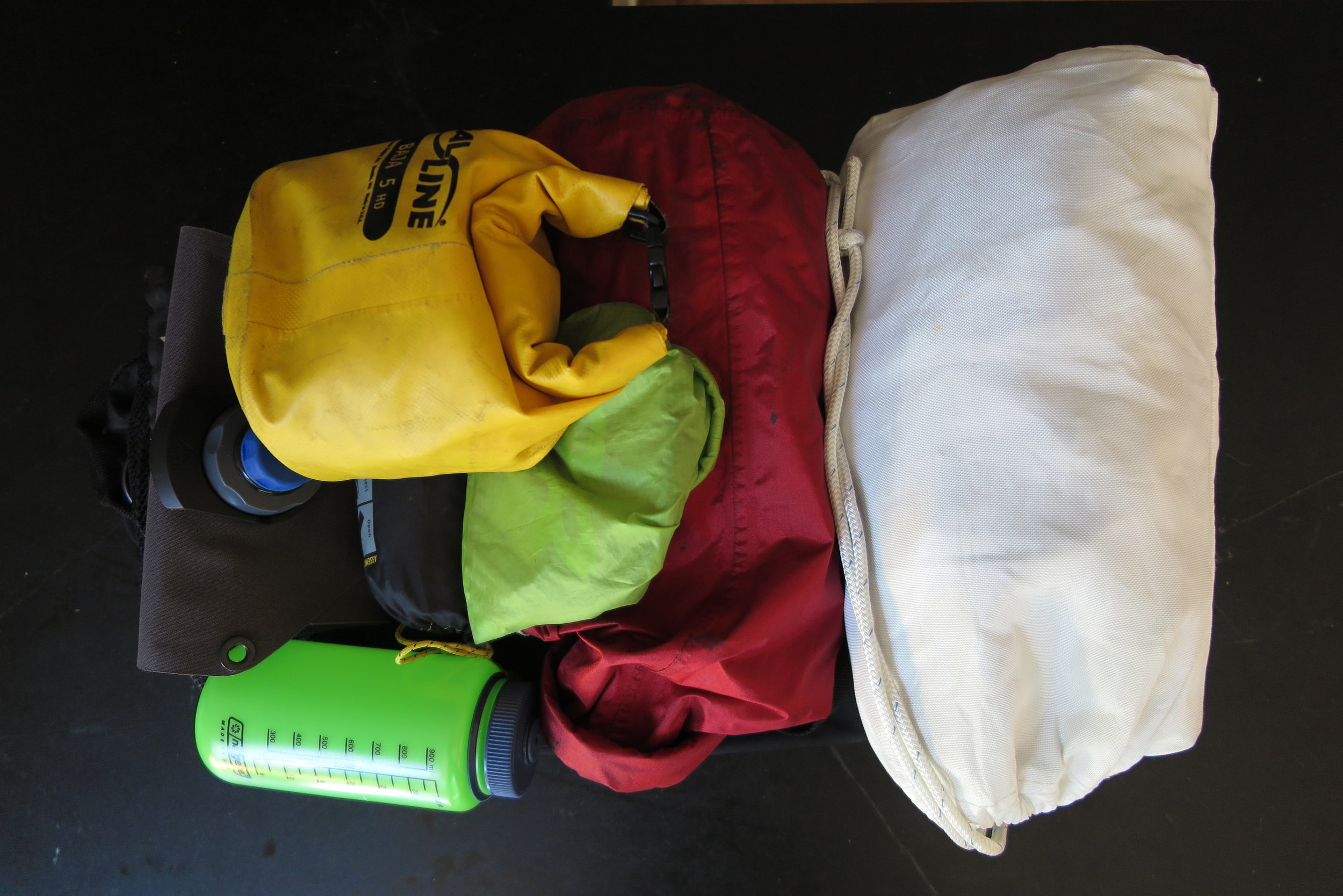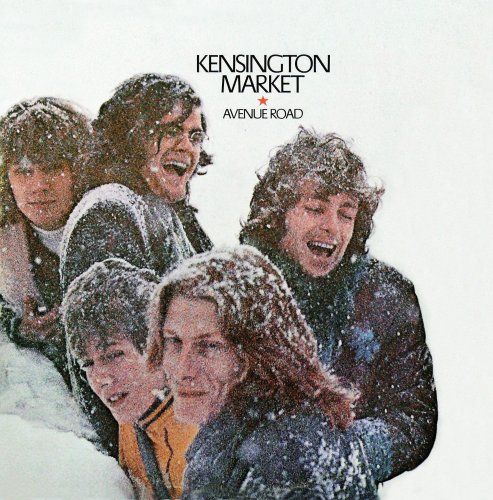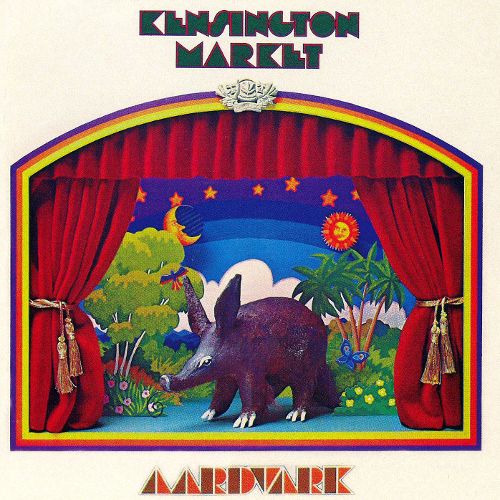The Town of the City of Dawson is on the Yukon River in the Yukon.
Dawson was a base during the 19th-century Klondike Gold Rush; a fair number of the buildings are still standing. There are also some cool pubs, coffee shops and a big craft beers scene.
Next turn is 40 kms east of Dawson City - gas up and head north on the Dempster Highway - it’s 365 kms to the next gas station at Eagle Plains.











































































